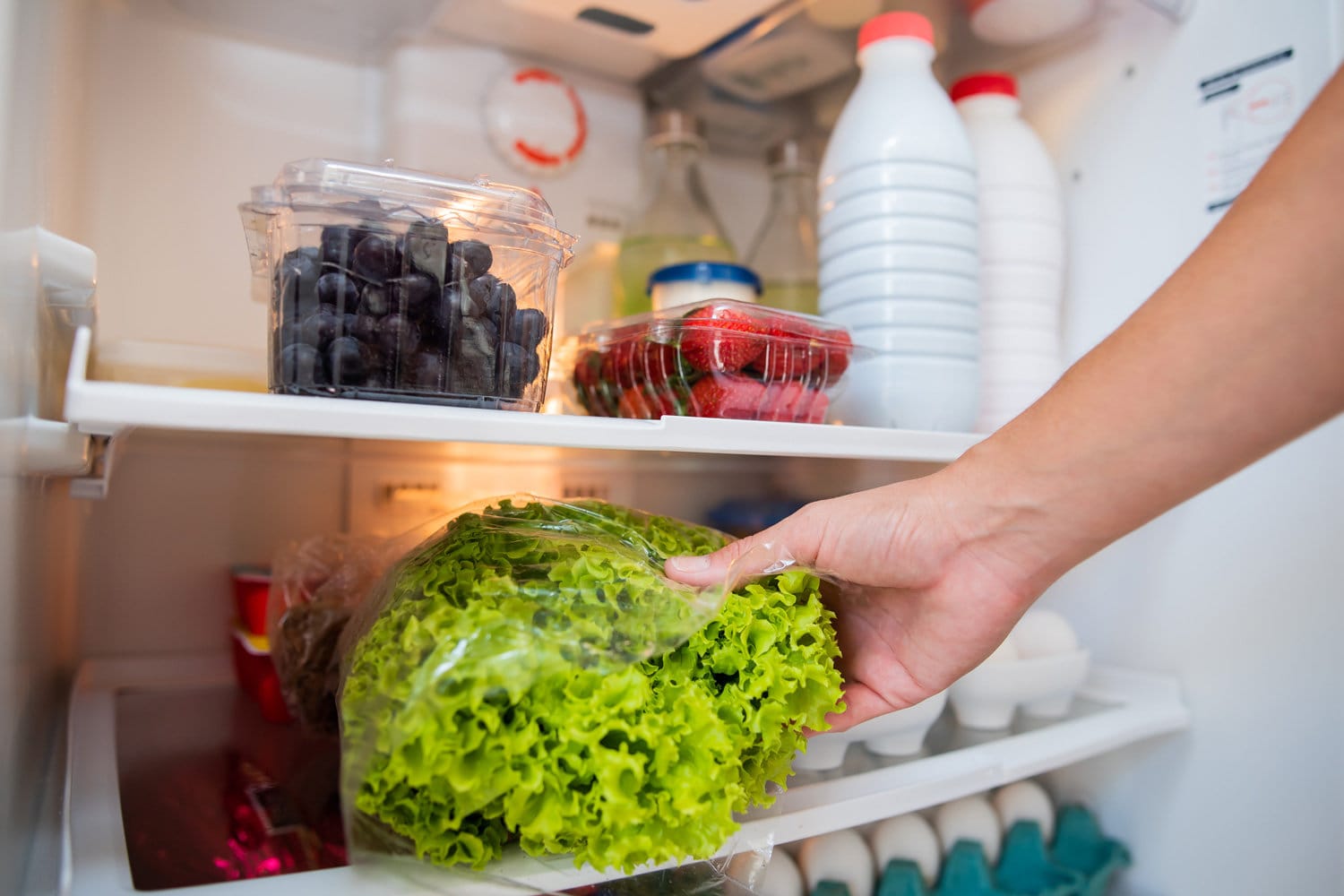

Articles
How To Store Lettuce In Refrigerator
Modified: February 19, 2024
Learn how to store lettuce in the refrigerator to keep it fresh and crisp for longer. Find articles and tips on proper lettuce storage to avoid waste and save money.
(Many of the links in this article redirect to a specific reviewed product. Your purchase of these products through affiliate links helps to generate commission for Storables.com, at no extra cost. Learn more)
Introduction
Welcome to our comprehensive guide on how to store lettuce in the refrigerator. Whether you are a salad lover, a health-conscious individual, or simply enjoy adding a crisp and refreshing touch to your meals, properly storing lettuce can help prolong its freshness and maintain its nutritional value. In this article, we will explore why proper lettuce storage is important, provide general tips for storing lettuce in the refrigerator, offer a step-by-step guide to effectively store lettuce, highlight common mistakes to avoid, and address frequently asked questions about lettuce storage.
It goes without saying that lettuce is a popular ingredient in salads, sandwiches, wraps, and various other dishes. However, without proper storage, lettuce can quickly wilt, become slimy, and lose its crunchiness. This can lead to unnecessary waste and disappointment when your lettuce goes bad sooner than expected. This is where understanding the importance of proper lettuce storage comes into play.
Proper lettuce storage not only helps to extend its shelf life, but it also helps to maintain its flavor, texture, and nutritional value. Freshly harvested lettuce contains essential vitamins and minerals that can contribute to a healthy diet. By storing lettuce correctly, you can ensure that you are getting the most out of this nutritious leafy green.
So, whether you grow your own lettuce or purchase it from a local farmer’s market or grocery store, let’s dive into some helpful tips and techniques to store lettuce in the refrigerator and keep it crisp, vibrant, and ready to enjoy for as long as possible. Let’s get started!
Key Takeaways:
- Proper lettuce storage in the refrigerator is crucial for maintaining its freshness, crunch, and nutritional value. Follow the step-by-step guide and avoid common mistakes to enjoy crisp and vibrant lettuce for longer.
- By understanding the importance of proper lettuce storage, you can extend its shelf life, reduce waste, and enhance your meals with crunchy and nutritious greens. Remember to choose fresh lettuce, avoid washing before storage, and check for spoilage regularly.
Read more: How To Store Lettuce In The Refrigerator
Why is proper lettuce storage important?
Proper lettuce storage is crucial for several reasons. Firstly, storing lettuce correctly helps to preserve its freshness and extend its shelf life. This means you can enjoy crisp and crunchy lettuce for a longer period, reducing food waste and saving money.
Secondly, lettuce contains water, and when it is exposed to air and moisture, it can quickly wilt and become limp. By following proper storage techniques, you can maintain the balance of moisture and prevent wilting, ensuring that your lettuce stays crisp and delicious.
Additionally, lettuce is highly perishable and prone to spoilage. When stored improperly, it can develop brown spots, slimy textures, and an unpleasant odor. These signs indicate that the lettuce is no longer safe to consume and must be discarded. However, by storing lettuce correctly, you can minimize spoilage and bacteria growth, keeping your lettuce fresh and safe to eat.
Moreover, proper storage helps to retain the nutritional value of lettuce. Lettuce is loaded with vitamins, minerals, and antioxidants that contribute to a healthy diet. However, exposure to light, heat, and air can cause nutrient loss. By storing lettuce in the refrigerator, you can slow down this process and preserve the essential nutrients.
Furthermore, when you store lettuce properly, you can easily access it whenever you need it. It eliminates the need to make frequent trips to the grocery store, as you can store lettuce for longer periods, saving you time and effort.
By understanding the importance of proper lettuce storage, you can ensure that your lettuce remains fresh, crisp, and nutritionally rich. In the next section, we will provide you with some general tips for storing lettuce in the refrigerator.
General tips for storing lettuce in the refrigerator
Properly storing lettuce in the refrigerator is essential to maintain its freshness and extend its shelf life. Here are some general tips to help you store lettuce effectively:
- Choose fresh and crisp lettuce: When purchasing lettuce, look for fresh, vibrant leaves that are free from discoloration, wilting, or signs of decay. The quality of the lettuce at the time of purchase can greatly affect its storage life.
- Remove any damaged leaves: Before storing lettuce, inspect it for any damaged or yellowing leaves. Remove these leaves as they can contribute to faster spoilage and affect the overall quality of the lettuce.
- Do not wash lettuce before storing: It’s best to avoid washing lettuce before storage as excess moisture can promote spoilage. Instead, wait until you are ready to use the lettuce before giving it a thorough rinse.
- Wrap lettuce in paper towels: To prevent excess moisture buildup and maintain the crispness of the lettuce, wrap it loosely in paper towels. The paper towels will help absorb any excess moisture and prevent the leaves from becoming soggy.
- Store lettuce in a breathable container: Place the wrapped lettuce in a breathable container, such as a perforated plastic bag or a vegetable crisper drawer. These containers allow proper airflow, which helps to prevent the build-up of ethylene gas and maintain the freshness of the lettuce.
- Avoid storing lettuce near ethylene-producing fruits: Some fruits, such as apples, bananas, and tomatoes, release a natural gas called ethylene as they ripen. Ethylene can accelerate the wilting process in lettuce. Keep lettuce away from these ethylene-producing fruits to prolong its freshness.
- Keep lettuce away from strong-smelling foods: Lettuce can easily absorb odors from strong-smelling foods, such as onions or garlic. Store lettuce separately or in a sealed container to prevent it from taking on unwanted odors.
- Regularly check and discard any spoiled leaves: Even with proper storage, lettuce can still spoil over time. Regularly check for any signs of spoilage, such as slimy texture or off-putting smell. Discard any spoiled leaves to prevent them from affecting the rest of the lettuce.
By following these general tips, you can significantly improve the shelf life and quality of your stored lettuce. However, if you want a more detailed step-by-step guide on how to store lettuce in the refrigerator, continue reading the next section.
Step-by-step guide to storing lettuce in the refrigerator
Properly storing lettuce in the refrigerator requires a few steps to ensure optimal freshness and quality. Follow this step-by-step guide to store your lettuce effectively:
- Prepare your lettuce: Start by checking your lettuce for any damaged or wilted leaves. Remove these leaves and discard them.
- Do not wash the lettuce: Resist the temptation to wash the lettuce before storing it. Washing the lettuce exposes it to excess moisture, which can lead to quicker spoilage. It’s best to wait and wash the lettuce just before using it.
- Wrap the lettuce in paper towels: Take a few paper towels and gently pat dry the lettuce leaves. Lay another layer of paper towels on a clean surface and place the lettuce on top. Gently wrap the lettuce in the paper towels, making sure to cover it completely.
- Choose a breathable container: Find a breathable container for storing the wrapped lettuce. This could be a perforated plastic bag or a vegetable crisper drawer. Make sure the container allows proper airflow to prevent the build-up of moisture.
- Place the wrapped lettuce in the container: Put the wrapped lettuce in the breathable container and cover it with a lid or loosely close the bag. Make sure not to pack the lettuce tightly, as this can cause the leaves to wilt.
- Store the lettuce in the refrigerator: Find a spot in your refrigerator where the temperature is consistently cool, ideally between 32°F (0°C) to 40°F (4°C). Avoid storing lettuce near the back of the refrigerator where it could get too cold and freeze.
- Keep lettuce away from ethylene-producing fruits: As mentioned earlier, some fruits release ethylene gas as they ripen, which can accelerate the wilting process in lettuce. Store lettuce away from ethylene-producing fruits like apples, bananas, and tomatoes.
- Check for spoilage regularly: Periodically check the stored lettuce for any signs of spoilage. If you notice sliminess, discoloration, or an unpleasant odor, remove the affected leaves immediately to prevent them from spoiling the rest of the lettuce.
By following these steps, you can ensure that your lettuce stays fresh, crisp, and ready to use for an extended period. Proper storage techniques can help you minimize waste, save money, and enjoy the full nutritional benefits of your lettuce. However, it’s important to be aware of common mistakes that should be avoided when storing lettuce in the refrigerator, which we will discuss in the next section.
To store lettuce in the refrigerator, first remove any damaged leaves and then wrap the lettuce in a paper towel before placing it in a resealable plastic bag. This will help absorb excess moisture and keep the lettuce fresh for longer.
Common mistakes to avoid when storing lettuce
While proper lettuce storage can help prolong its freshness and quality, there are several common mistakes that should be avoided to ensure optimal results. By avoiding these mistakes, you can prevent unnecessary spoilage and enjoy crisp, vibrant lettuce for longer:
- Washing lettuce before storage: Washing lettuce before storing it introduces excess moisture, which can lead to faster spoilage. It’s best to wait and wash the lettuce just before using it.
- Storing wet lettuce: Moisture can cause lettuce to wilt and become slimy. Ensure that the lettuce is dry before wrapping it in paper towels and storing it in the refrigerator.
- Using plastic bags without airflow: While it may seem convenient, storing lettuce in sealed plastic bags can trap moisture and cause the leaves to rot quickly. Opt for perforated plastic bags or breathable containers to allow proper airflow.
- Packing lettuce too tightly: Avoid tightly packing lettuce, as this can lead to compressed leaves and hasten wilting. Give the leaves some breathing space by loosely wrapping them in paper towels and storing them in a breathable container.
- Storing lettuce near ethylene-producing fruits: Ethylene gas released by certain fruits, such as apples and bananas, can speed up the wilting process in lettuce. Keep lettuce away from these fruits to ensure its longevity.
- Not checking for spoilage regularly: Lettuce can spoil even when stored correctly. Regularly check the lettuce for any signs of sliminess, discoloration, or off-putting odors. Remove any spoiled leaves as soon as possible to prevent them from affecting the rest of the lettuce.
- Not using the crisper drawer: Many refrigerators have a designated crisper drawer that helps regulate moisture levels. Utilize this drawer for storing your lettuce, as it can provide an optimal environment for keeping the lettuce fresh.
- Storing lettuce for too long: Even with proper storage techniques, lettuce will eventually lose its freshness. Avoid storing lettuce for extended periods and try to consume it within five to seven days for the best quality.
- Storing cut lettuce improperly: Once lettuce is cut or chopped, it is more prone to wilting and spoilage. If you have leftover cut lettuce, store it in a sealed container with a damp paper towel to help maintain its freshness.
By avoiding these common mistakes, you can maximize the shelf life and quality of your lettuce, ensuring that it stays fresh, crisp, and delicious for as long as possible. Now that we’ve covered common mistakes, let’s address some frequently asked questions about lettuce storage.
Read more: How To Store Lettuce
Frequently asked questions about lettuce storage
When it comes to storing lettuce, many people have questions about the best practices and techniques. Here are some frequently asked questions to help you navigate the ins and outs of lettuce storage:
- Can you store lettuce at room temperature?
While lettuce can be stored at room temperature for a short period, it is best to store it in the refrigerator. Room temperature can accelerate the wilting process and cause lettuce to spoil faster. - Can you freeze lettuce?
Lettuce has a high water content, which makes it unsuitable for freezing. Freezing lettuce leads to a mushy texture and loss of crispness. It is best to consume fresh lettuce or store it in the refrigerator. - What is the best way to revive wilted lettuce?
If your lettuce has wilted, you can try reviving it by placing it in a bowl of ice-cold water for about 5 to 10 minutes. After that, pat it dry with paper towels and refrigerate it for some time to regain its crispness. - Can I store different types of lettuce together?
Yes, you can store different types of lettuce together as long as they are properly wrapped and stored. However, keep in mind that some varieties may have different storage requirements, so be cautious when storing delicate lettuces with more sturdy ones. - How do I know if lettuce has gone bad?
Signs of spoiled lettuce include a slimy or mushy texture, discoloration, an unpleasant odor, or an off taste. If you notice any of these signs, it is best to discard the lettuce to avoid the risk of foodborne illness. - Can I store salad dressings with lettuce?
It is best to store dressings separately from the lettuce to prevent the leaves from becoming soggy. Place dressings in a separate container and add them to the lettuce just before serving. - Can I store lettuce in a plastic container?
Yes, you can store lettuce in a plastic container, as long as it is a breathable container. Look for containers that have vents, perforations, or are specifically designed for vegetable storage. - How long does lettuce last in the refrigerator?
The shelf life of lettuce varies depending on the variety and its freshness at the time of purchase. On average, lettuce can last for about five to seven days in the refrigerator when stored properly.
These frequently asked questions address some common concerns about lettuce storage. By following the proper techniques and guidelines, you can ensure that your lettuce remains fresh and appetizing. Now, let’s conclude our guide on storing lettuce in the refrigerator.
Conclusion
Properly storing lettuce in the refrigerator is essential for maintaining its freshness, crunch, and nutritional value. By following the tips and techniques outlined in this comprehensive guide, you can extend the shelf life of lettuce and reduce waste.
Remember to choose fresh and crisp lettuce, remove any damaged leaves, and avoid washing the lettuce before storing. Use paper towels to wrap the lettuce and store it in a breathable container in the refrigerator. Keep the lettuce away from ethylene-producing fruits and check for spoilage regularly.
Avoid common mistakes such as tightly packing the lettuce, storing it in sealed bags, or exposing it to excess moisture. By understanding the importance of proper storage and implementing these tips, you can enjoy fresh, vibrant lettuce for a longer duration.
It is also important to keep in mind that storing lettuce will prolong its freshness, but it will not last indefinitely. Aim to consume lettuce within five to seven days for the best quality.
By taking the time and effort to store lettuce correctly, you can enhance your salads, sandwiches, and other dishes with crunchy and nutritious greens. So, the next time you bring home a bunch of lettuce, follow the steps outlined in this guide to ensure that it stays fresh and enjoyable for as long as possible.
Happy lettuce storage and bon appétit!
Frequently Asked Questions about How To Store Lettuce In Refrigerator
Was this page helpful?
At Storables.com, we guarantee accurate and reliable information. Our content, validated by Expert Board Contributors, is crafted following stringent Editorial Policies. We're committed to providing you with well-researched, expert-backed insights for all your informational needs.
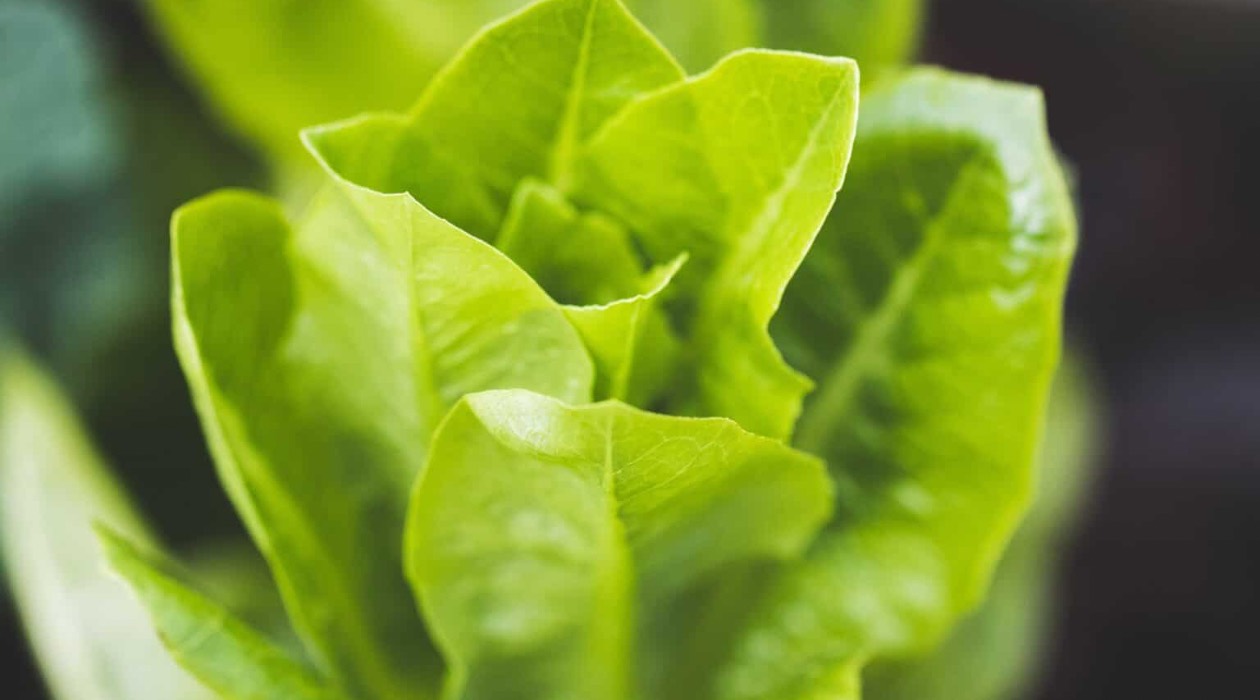
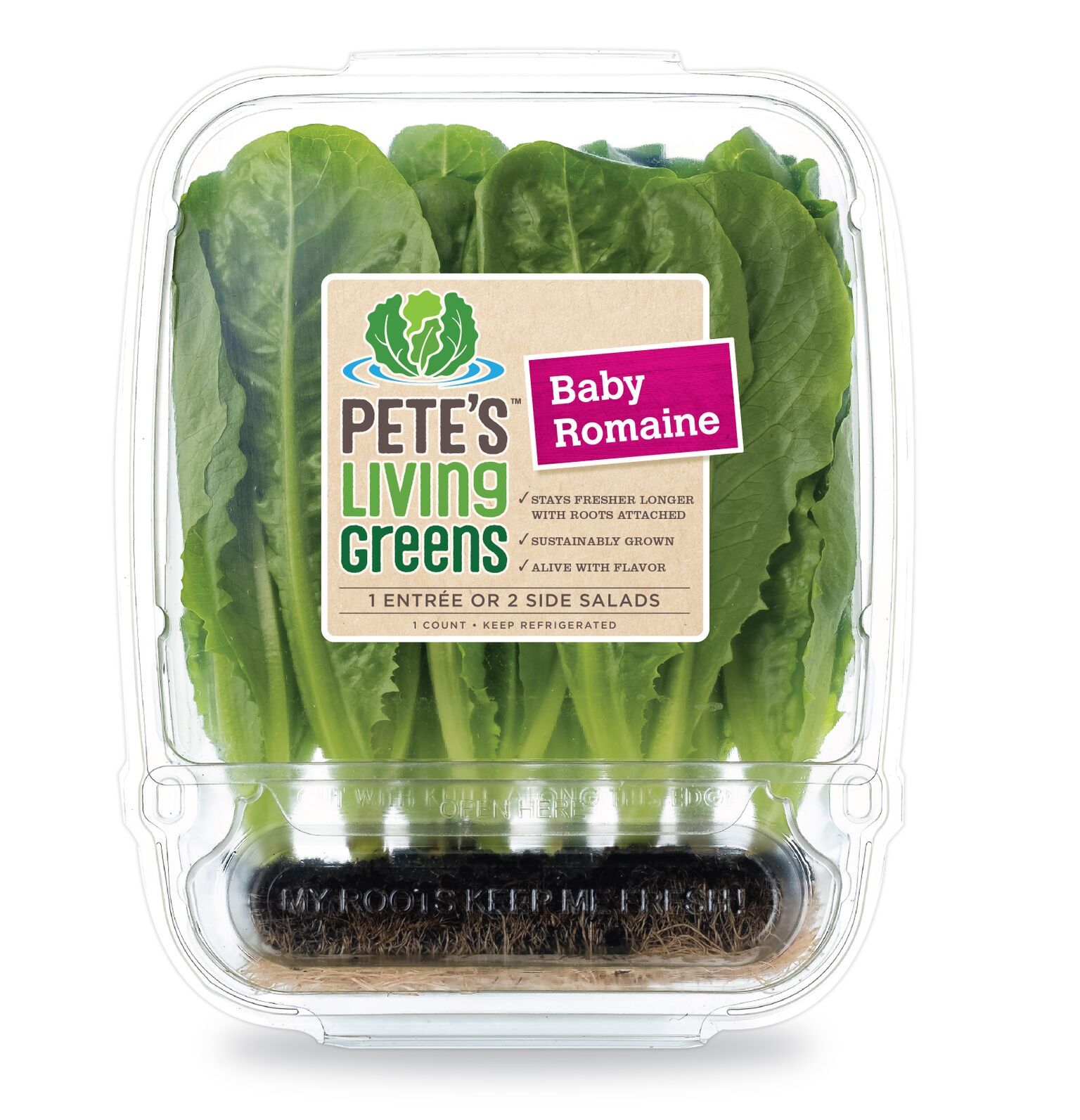
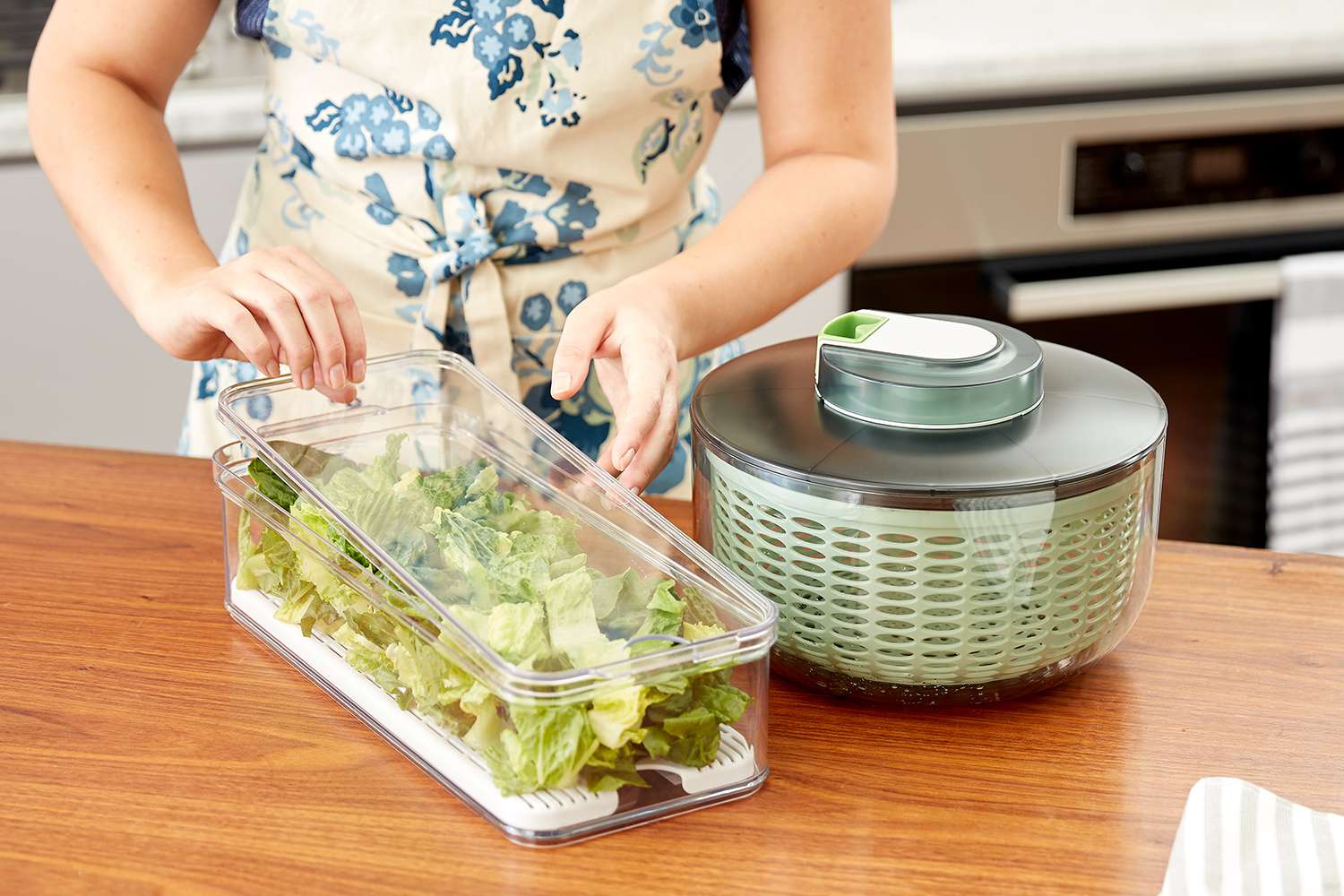

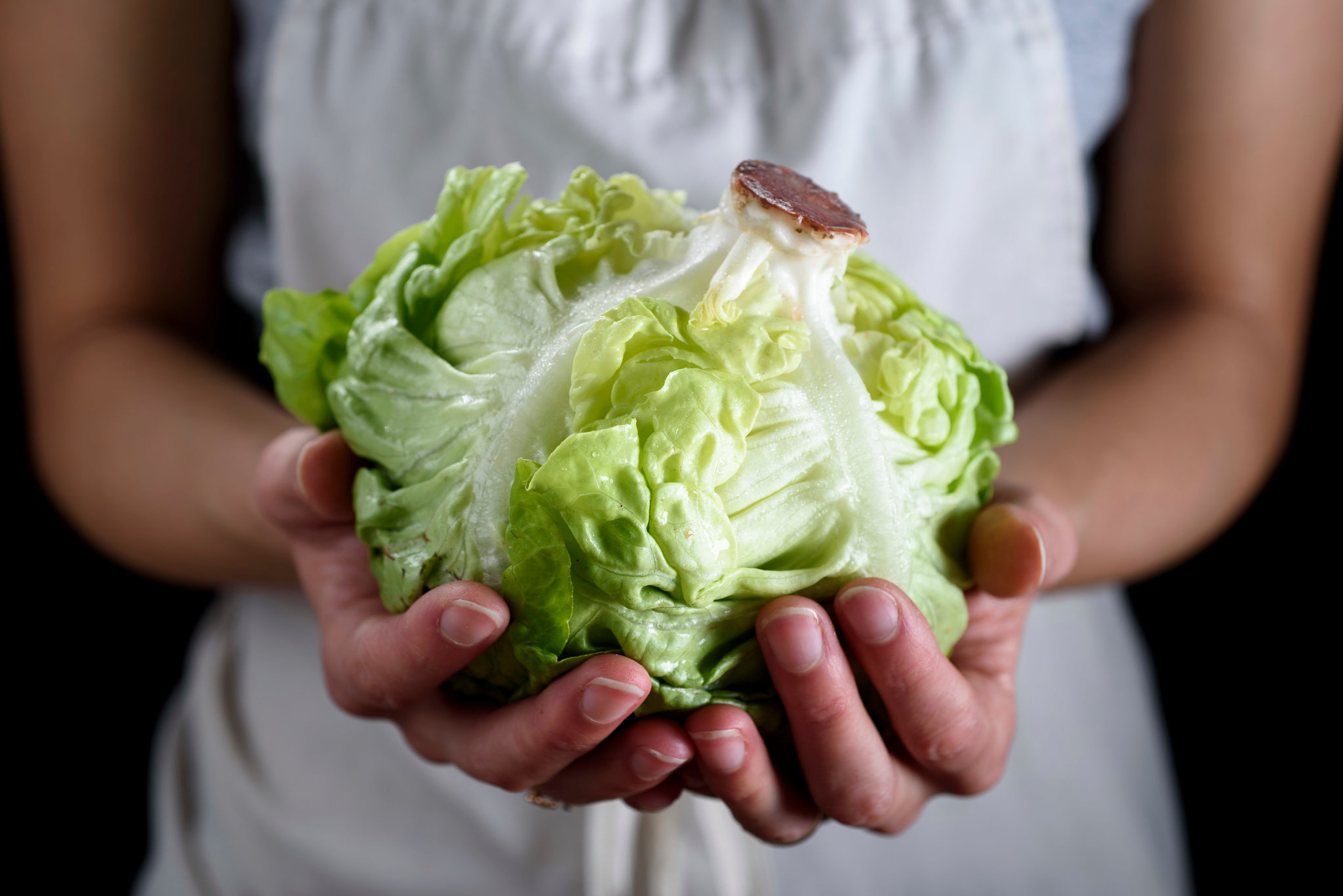
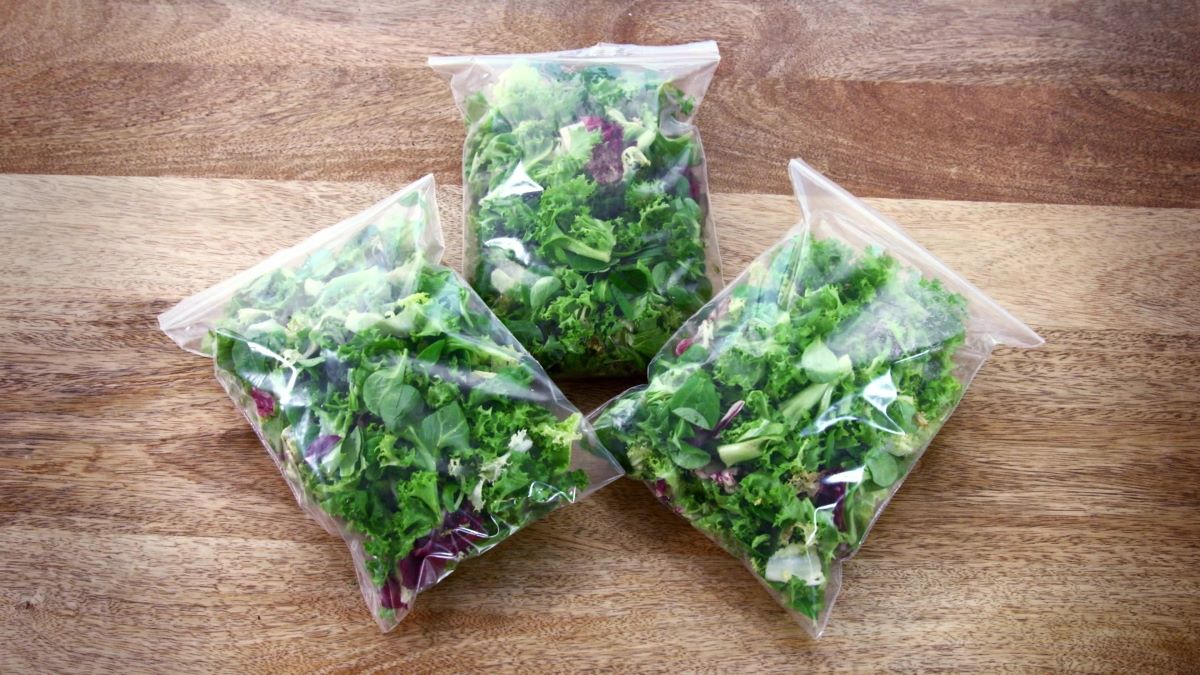
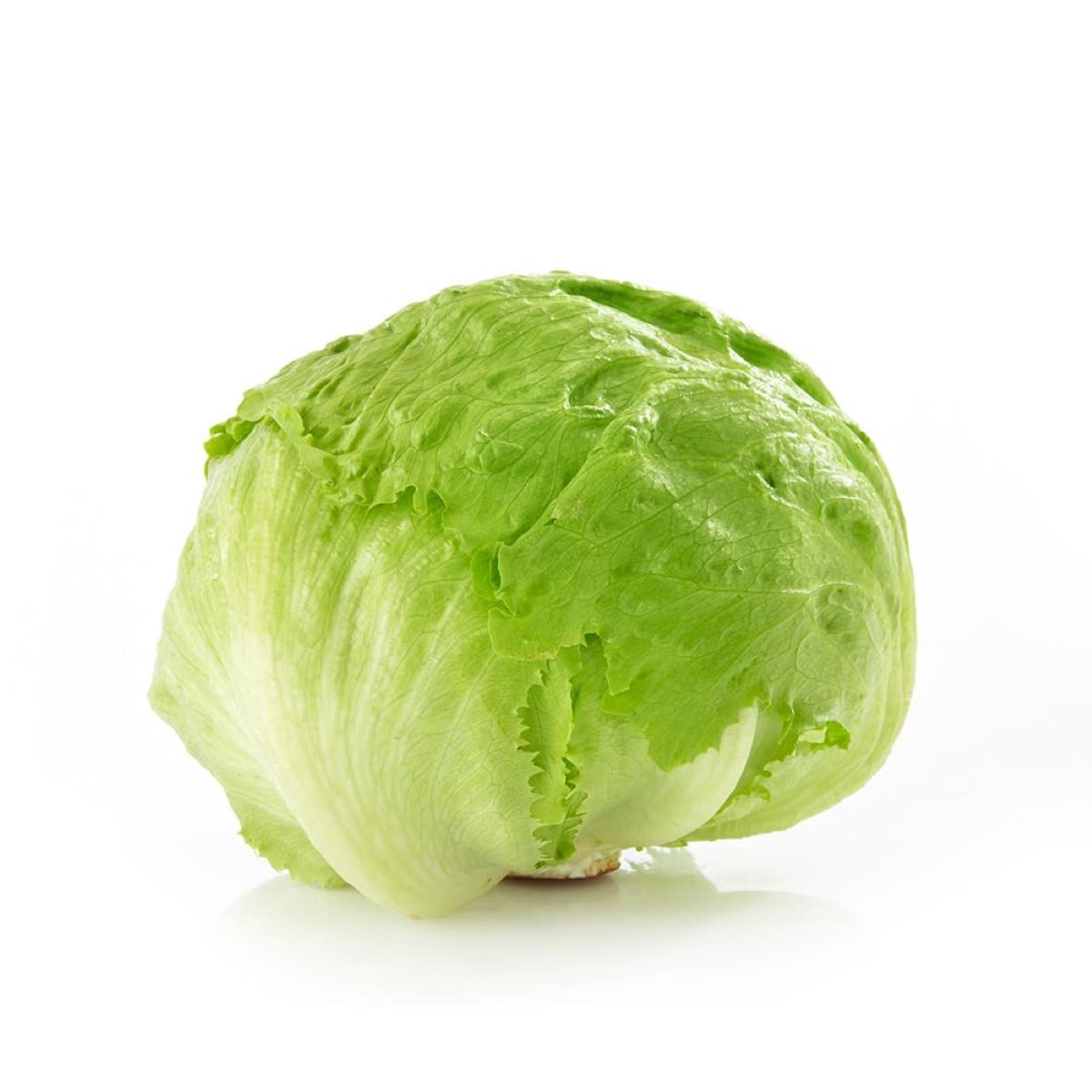
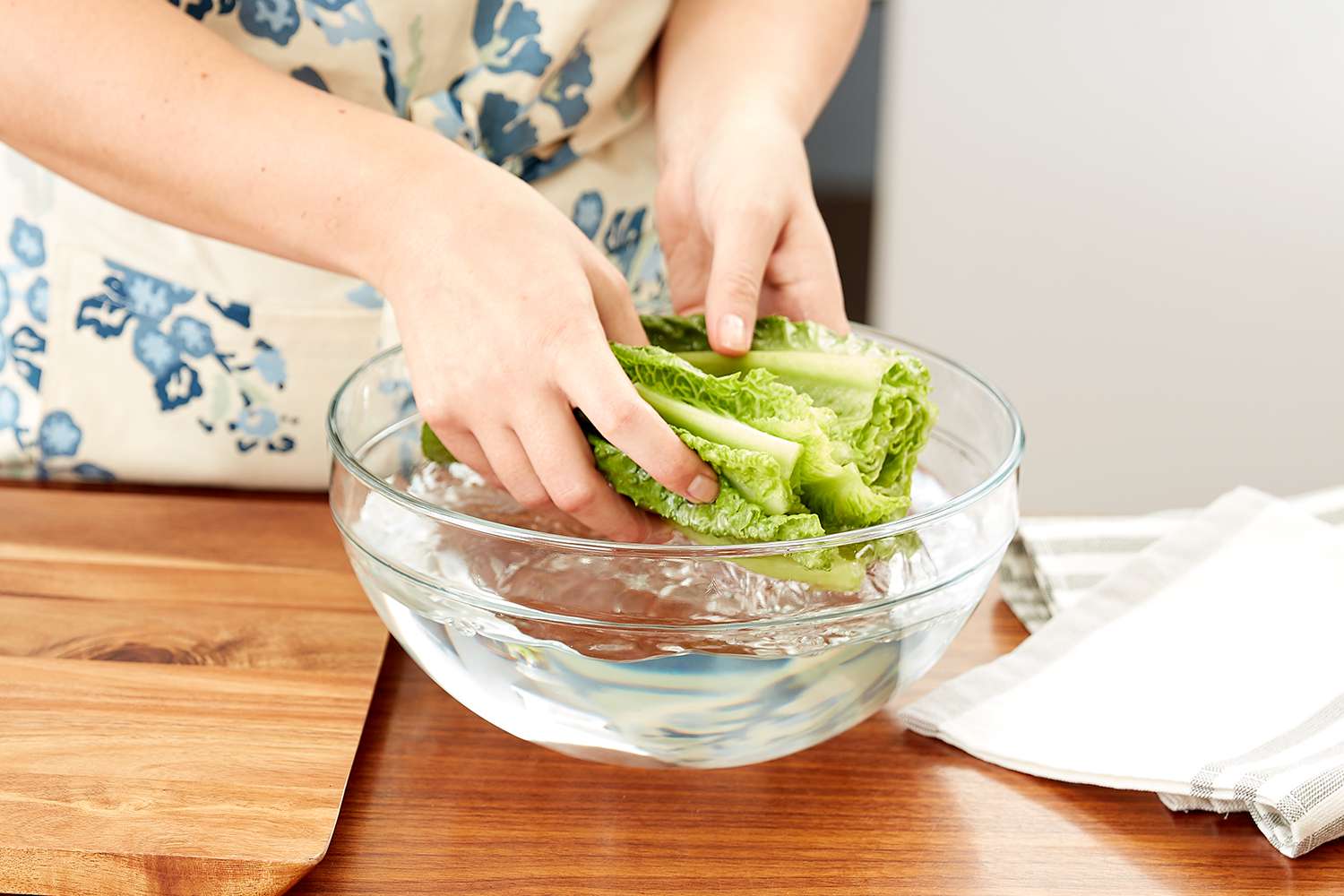
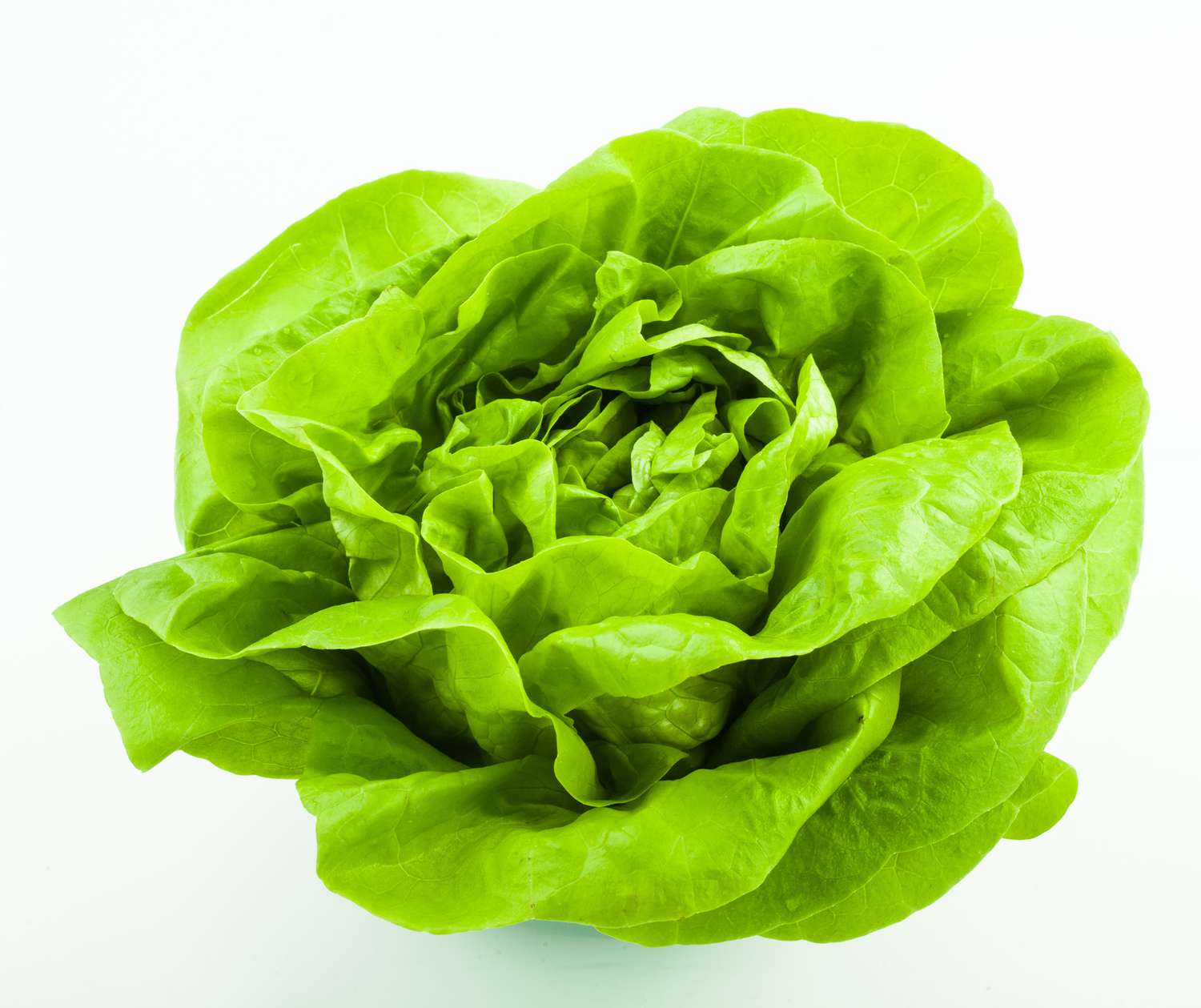
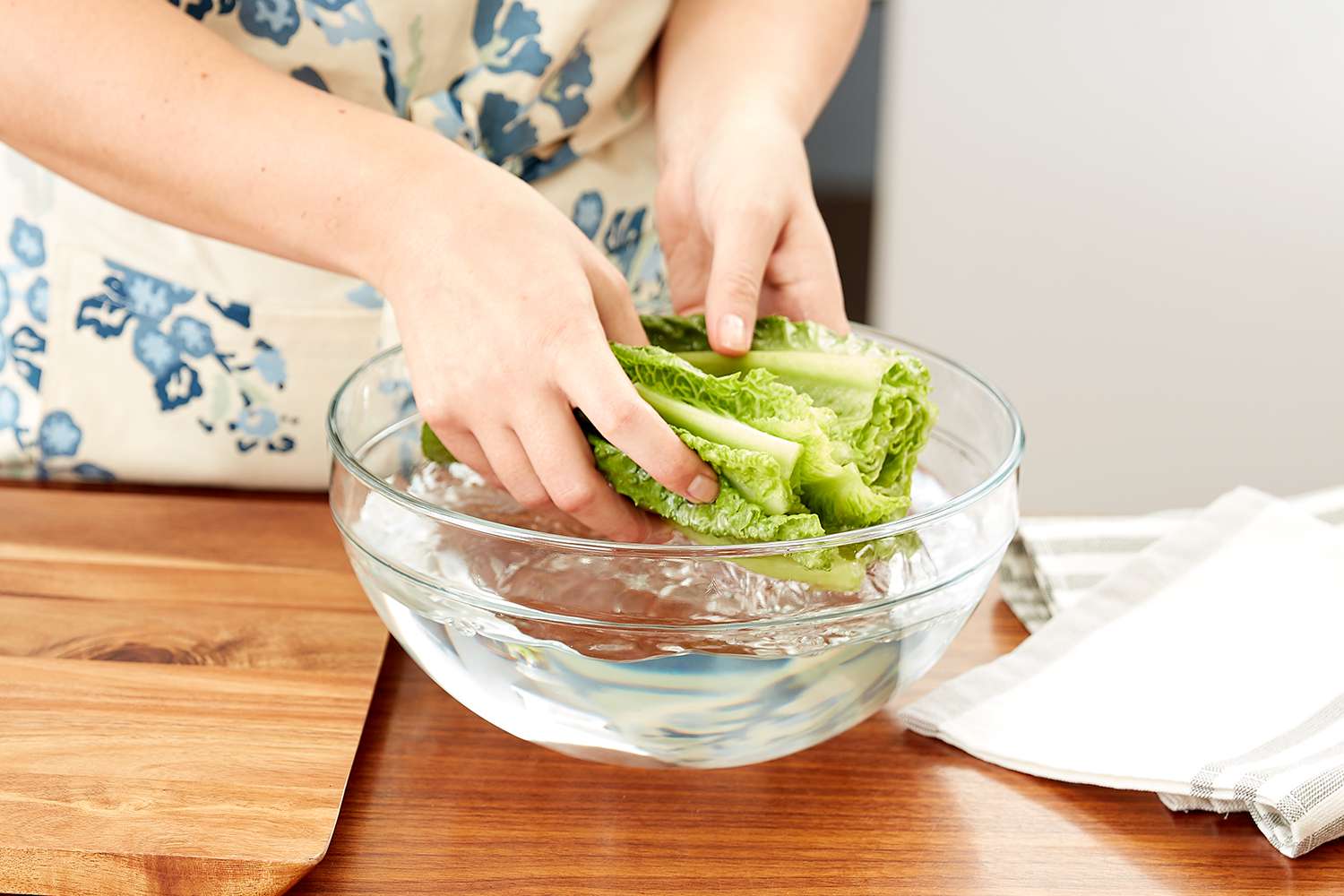

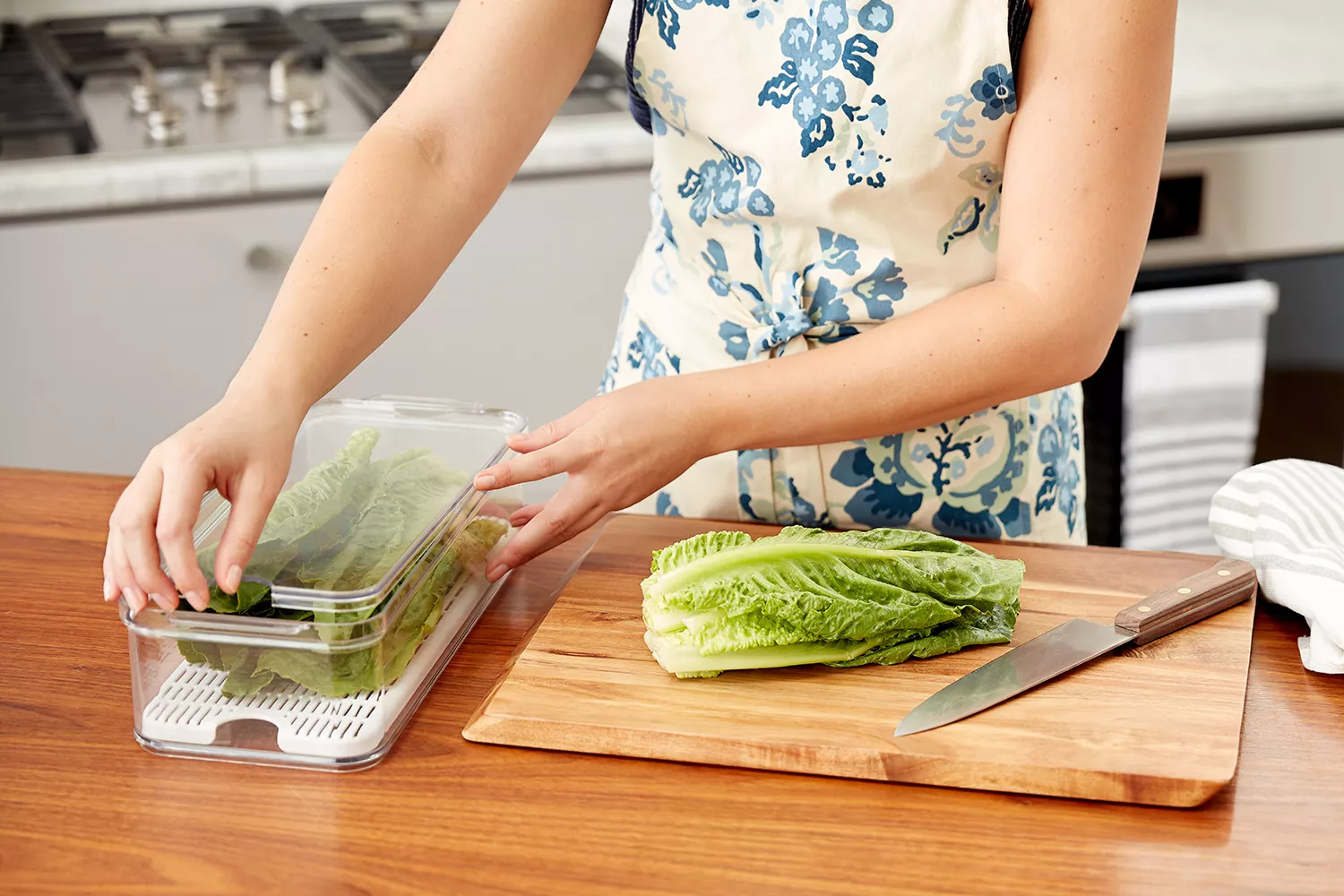
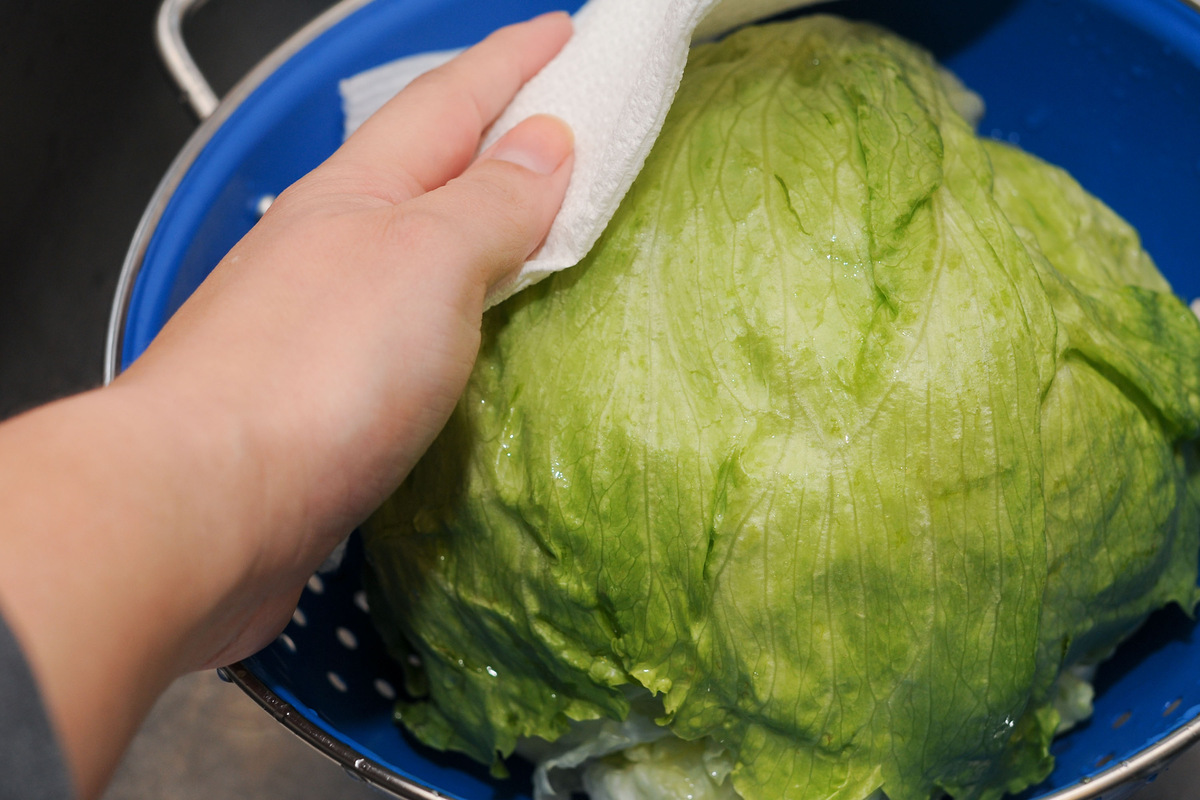
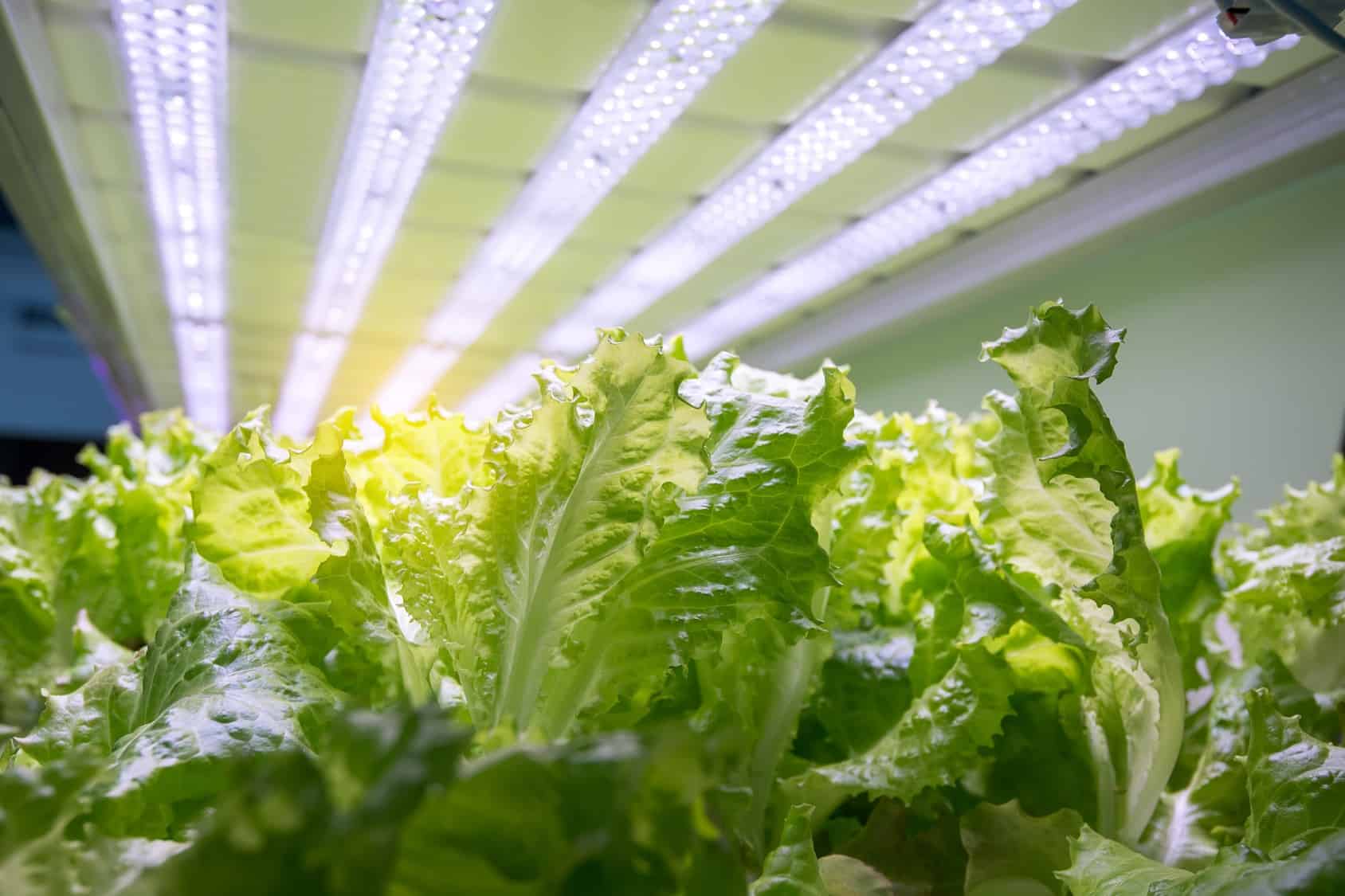

0 thoughts on “How To Store Lettuce In Refrigerator”